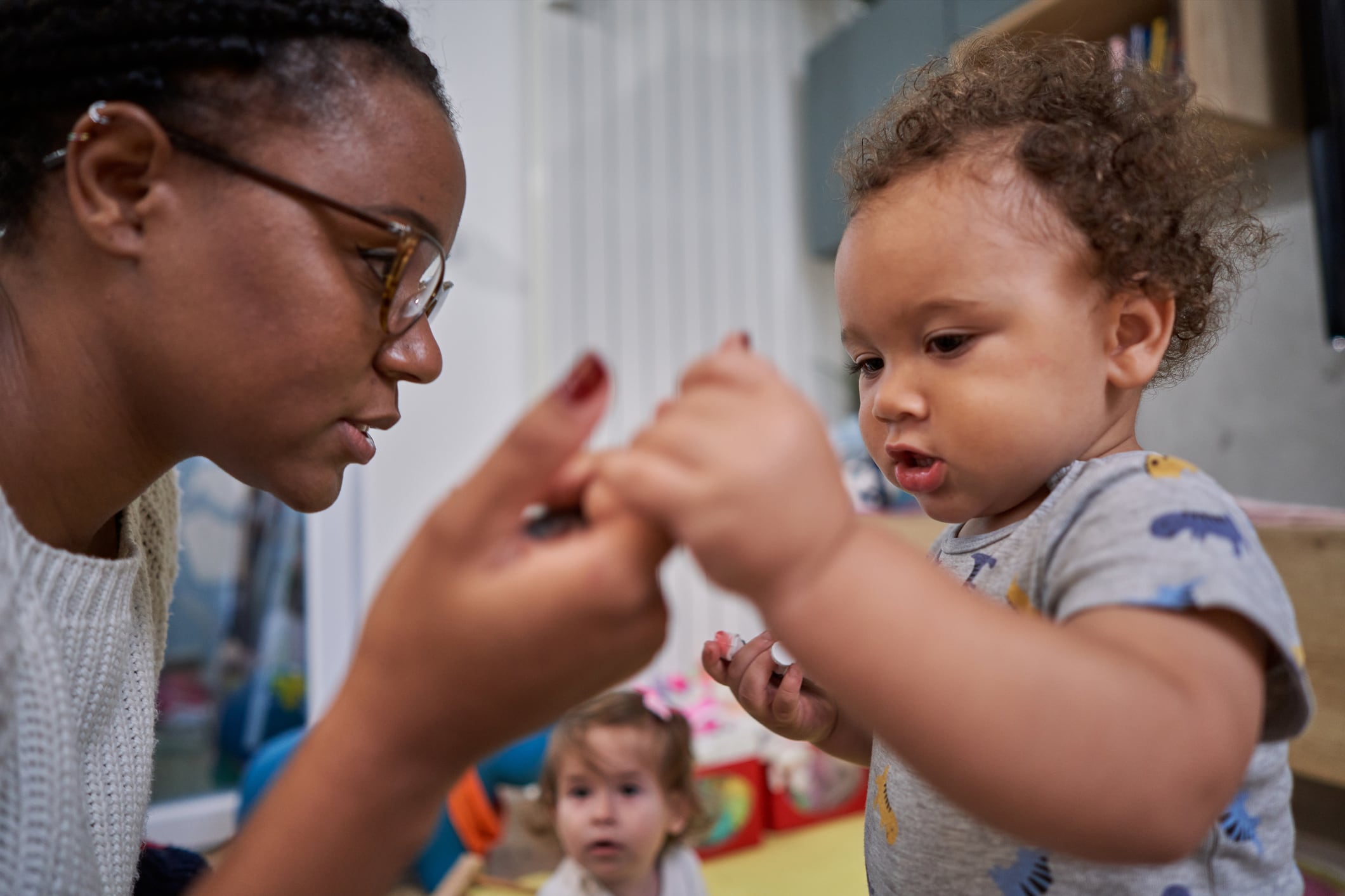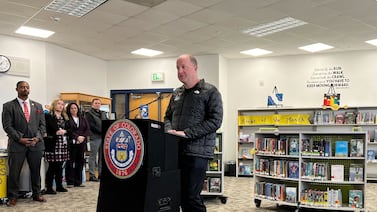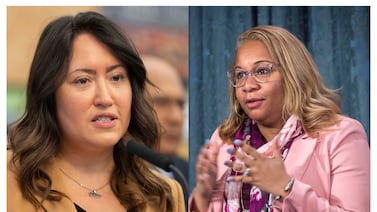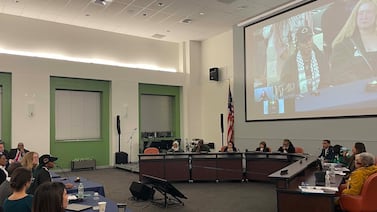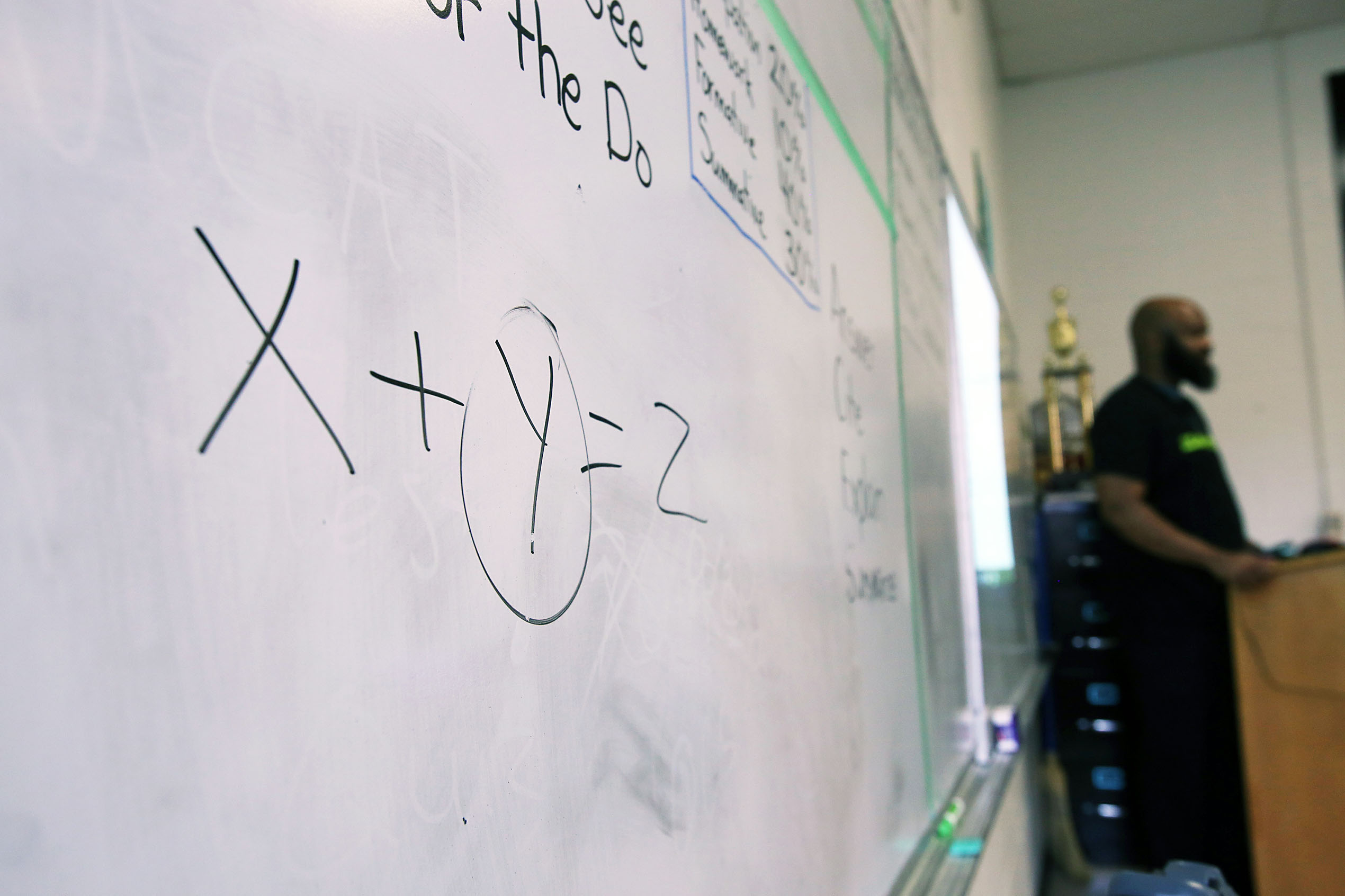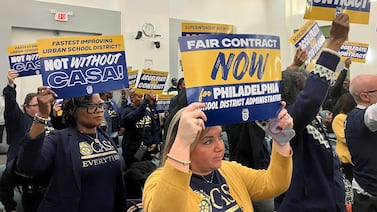Sign up for Chalkbeat New York’s free daily newsletter to get essential news about NYC’s public schools delivered to your inbox.
For the first time, New York City is preparing to open hundreds of free, publicly funded child care seats for kids ages 2 and under, regardless of their parents’ income.
The roughly 240 seats are set to open in January and are part of a $10 million pilot funded in the city’s budget agreement from June. City Council leaders who pushed for the program said they hope it will offer a blueprint for future efforts to expand free child care to a wider swath of the youngest New Yorkers.
“This latest critical investment in child care gives the City the tools necessary to build a system to provide care for families with children from birth to five years old,” said Rendy Desamours, a spokesperson for Council Speaker Adrienne Adams, a Queens Democrat.
The city already funds preschool seats for nearly 100,000 3- and 4-year-olds, and the push to expand that system has gathered steam in recent months. Mayoral frontrunner Zohran Mamdani has pledged to provide free universal child care starting when children are six weeks old, and Gov. Kathy Hochul has said expanding child care is a top priority.
The new seats, unlike the majority of those in the city’s 3-K and Pre-K programs, will be subsidized for up to 10 hours a day year round, rather than following the K-12 school schedule, which runs six hours and 20 minutes a day, from September through June.
A City Council spokesperson said the seats will open in January, but officials didn’t immediately clarify when families could start applying or when enrollment would begin. Applications for Pre-K and 3-K programs starting September 2026 open in January.
Contracts between the city and providers who will be offering the new seats have yet to be finalized, but officials have now narrowed how they will award them, according to information provided by the City Council.
City officials will prioritize high-needs neighborhoods including Hunts Point and Mott Haven in the Bronx, Sunset Park in Brooklyn, and Jamaica, Queens for the new seats. (See the full list of priority neighborhoods below.)
Officials selected those neighborhoods based on their poverty rates, estimates of how many eligible children aren’t in child care, and the number of families who fall just above the income threshold to qualify for city programs geared towards low-income families.
Education Department spokesperson Dominique Ellison said the pilot will “expand access to care for infants and toddlers in communities with the greatest need.” But officials stressed they are still working out the final number and location of the new seats.
Some of the $10 million will also go towards outreach to ensure families know about the new seats.
Before the new pilot program, publicly funded free child care seats for kids 2 and under were available only to families who make below 85% of the state median income. That comes out to about $91,000 a year for a family of three and $109,000 for a family of four.
The city Education Department has struggled to fill all of those seats, with 6,250 infants and toddlers enrolled last year and more than 4,100 seats unfilled, according to city data. Advocates and experts say the application process for the income-based programs can be onerous for families.
A separate state-run voucher program, using the same income threshold, gives families an average of $300 a week to defray child care costs, and has exploded in popularity.
But as the costs of child care have continued to rise, it has become a crippling expense even for families with higher incomes — helping drive an exodus of families with young children from the five boroughs.
For the new seats, city officials will tap child care centers and home-based programs that already have contracts for other programs.
Families will apply for the new seats through the same MySchools portal used for Pre-K, 3-K, and income-based programs, a council spokesperson said.
Here’s the full list of priority ZIP codes, with their borough and neighborhood names, along with alternates:
Highest Priority Neighborhoods (with ZIP codes)
Bronx
Hunts Point and Mott Haven, 10459
Hugh Bridge and Morrisania, 10452
Northeast Bronx, 10466
Central Bronx, 10460
Brooklyn
Sunset Park, 11220
Southern Brooklyn, 11224
Borough Park, 11219
Bushwick and Williamsburg, 11206
Manhattan
Central Harlem, 10027
Queens
Jamaica, 11432
Staten Island
Port Richmond, 10304
Alternates:
Bronx
Bronx Park and Fordham, 10467
Brooklyn
Borough Park, 11204
Borough Park, 11230
Southern Brooklyn, 11223
Michael Elsen-Rooney is a reporter for Chalkbeat New York, covering NYC public schools. Contact Michael at melsen-rooney@chalkbeat.org.

